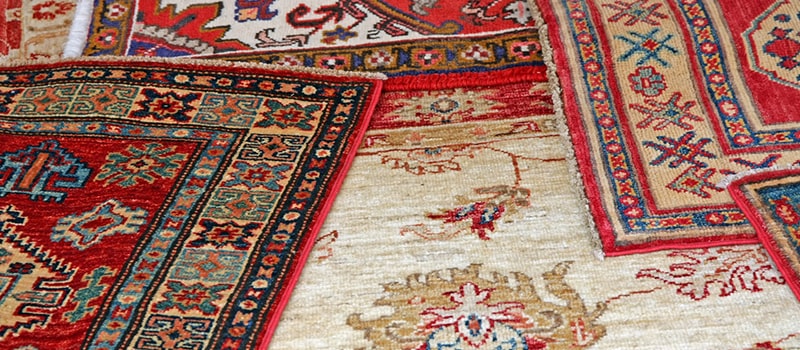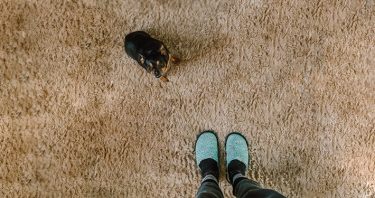What Is the Difference Between Oriental and Persian Rugs?
Home » Green Carpet Blog » Oriental Rug Care » What Is the Difference Between Oriental and Persian Rugs?


If you are just beginning to look around for a fine art rug to invest in or a lovely piece to add to your home, you may not be able to easily explain the difference between oriental and Persian rugs. In fact, even seasoned decorating and design experts may be unable to answer the question. So, let’s take some time and figure it all out!
START WITH GEOGRAPHY
Of course, the main difference between oriental and Persian rugs has to do with the geography of their names. The Persians, as you might guess, are those made in the part of the world once known as Persia. This is modern-day Iran, and it is actually where the original hand knotted carpets were first made.
Geographically speaking, the Persian rugs can qualify as oriental rugs, but the regions in which oriental rugs originate also include Turkey, India, China, Pakistan, Afghanistan, and many others. And though they too are knotted rugs, they do not often feature the “Persian knot”.
However, if any rug is made using the Persian rug, but it is not in modern Iran (say it is from Turkey) it must be described as an oriental rug.
MORE TO KNOW ABOUT THE DIFFERENCE BETWEEN ORIENTAL AND PERSIAN RUGS
As most experts would tell you, the key distinction and main way to tell the difference between oriental and Persian rugs is to look at the knots used in the making of the rug. The Persian style is open to one side and in an asymmetrical position that makes the rug much less bulky than other styles and without any gaps between the threads.
This too shows you another distinction, which is that most Persian rugs have far more complex or intricate designs and a thicker pile. They are more precise and often have very complex borders because of the use of the know.
The oriental rugs often use the Ghiordes or Turkish knot, which creates two small bumps on the reverse side of the rug. This is an important point because one of the best ways to know both the difference between oriental and Persian rugs, and whether you are indeed buying a hand knotted rug, is to look at the reverse of the rug. It should be a mirror image of the top or pile. You should also be able to count the knots in every square inch of the rug.
One of the last things to know about the rugs is that they are usually made of premium materials. The oriental rug, if it is authentic is going to be made of wool or silk, and it will always be hand knotted. The same can be said of the Persian rugs, with wool a more dominant material than silk. Some producers use a material called bamboo silk which is cruelty free and yields a similar feel and durability.
In both styles, you will never see synthetic materials, fringe added after the rug is made (usually glued) and a backing of any kind.
Whether you invest in a Persian or oriental rug, it is one of the wisest investments possible.


Categories
Carpets
Oriental Rug



